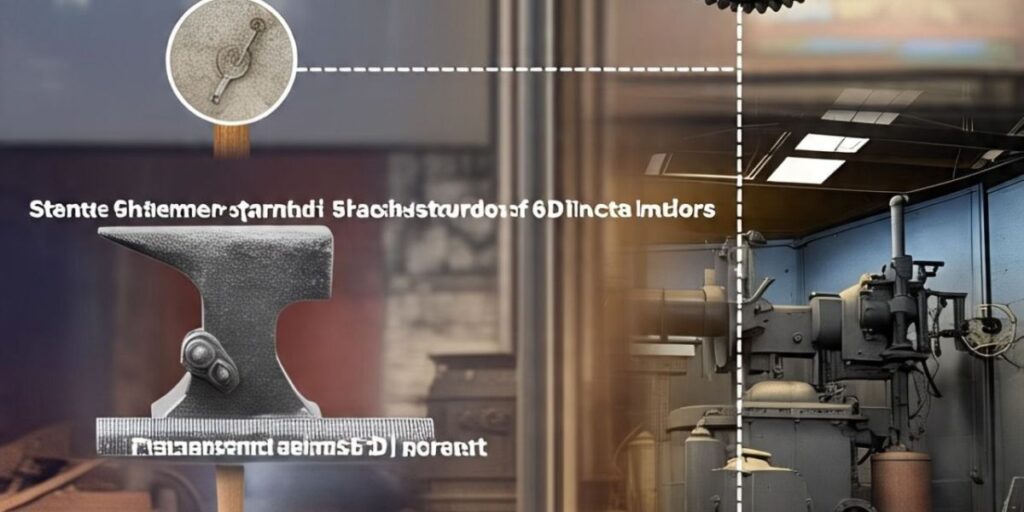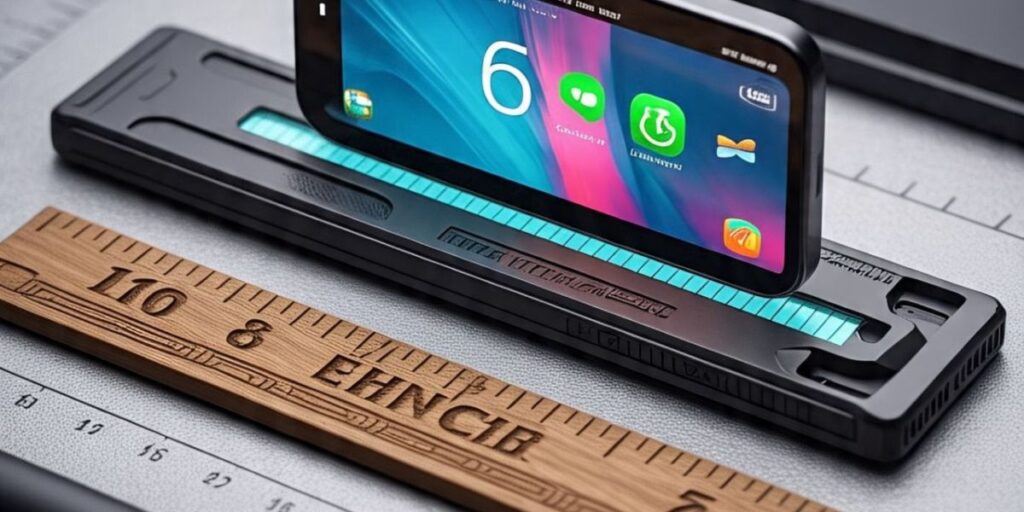Ever wonder why 6 inches keeps showing up everywhere—from kitchen knives to phone screens? It’s one of those measurements that seems kind of… quietly powerful. Not flashy. Not extreme. But weirdly just right. Let’s take a walk through history, tech, tools, and even fashion to unpack how this humble number became a gold standard in everything from blades to bracelets.

The Origins: Measuring the World Before Rulers Were a Thing
Alright, let’s roll back the clock. Way back—before smartphones, before factories, before even pocket knives.
Measurements have always been a part of how we understand and shape our world. But 6 inches? That comes from a mix of ancient practicality and human anatomy. The earliest measurement systems were based on the body. A finger, a hand, a foot. Sound familiar? That’s because it was real. Tangible. You didn’t need a tape measure—you had your hands.
In Roman times, the inch was about the width of a thumb. A foot? That was… well, someone’s actual foot. Over time, empires like Britain began standardizing measurements, making things consistent across trade, construction, and navigation. And somewhere in that mix, the half-foot (aka 6 inches) kept popping up as a sort of “pocket-sized” standard. Not too long, not too short. Just balanced.
Grit and Gears: The 6-Inch Standard in the Industrial Era
Fast forward to the 18th and 19th centuries—the world was getting mechanical. Factories were booming, machines were humming, and engineers needed reliable, repeatable sizes. This is when 6 inches started to become more than just a fraction of a foot—it became a core design dimension.
Think about machinists’ rulers, steel calipers, early drills—6-inch tools were everywhere. Why? Portability and precision. Six inches was long enough to measure something useful, but compact enough to fit in a toolbox or even a coat pocket. Like the Swiss Army knife of ruler lengths.
Manufacturers also started designing tools, bolts, and frames in dimensions that worked in increments of 6 inches. It reduced waste. It made things easier to build and fix. It worked.
Slice and Dice: Why 6 Inches Took Over the Kitchen

Now let’s head to the kitchen—because here’s where the 6-inch standard found another home. Ever heard a chef rave about their 6-inch utility knife? If not, trust me—it’s a thing.
This blade size walks a perfect line between paring knives (those tiny ones) and massive chef’s knives that look like something out of a samurai movie. The 6-inch knife is the multitasker. Chopping herbs, slicing cheese, mincing garlic—it handles the finesse jobs but doesn’t wimp out when there’s meat or thick veggies involved.
And you know what? It’s not just about utility. It’s about control. A 6-inch knife feels balanced in the hand, like it’s an extension of your arm. Chefs love it because it gives you that sense of flow. That rhythm you need when you’re in the zone, prepping dinner like you’re headlining “Iron Chef.”
Silicon, Screens, and Pocket-Sized Power: The 6-Inch Takeover in Tech
Now we’re getting to the juicy part—modern tech.
Remember when phone screens were tiny? Like, you had to squint to text? Then boom—everyone wanted larger displays. But not too big. You still had to fit the thing in your jeans pocket.
Enter: the 6-inch sweet spot.
From the iPhone 11 Pro to the Samsung Galaxy S10, manufacturers across the board started hovering around that 6-inch mark. Why? Because it’s big enough to stream Netflix, scroll TikTok, or game on the go—but still manageable with one hand.
Even e-readers, smart displays, and handheld consoles have clung to this size. It’s like there’s some unspoken rule: if it needs to be portable but immersive, go 6 inches. The tactile size just feels right—like tech you can live with instead of lug around.
Straps, Style & Proportions: The 6-Inch Rule in Fashion
You know what’s underrated? A belt that fits without needing to stab extra holes in it.
In fashion, 6 inches has its moment. Think about the spacing between belt holes—usually 1 inch apart with around 5-7 holes. That’s a 6-inch adjustable range. It lets people find a comfortable fit without going custom.
Same goes for things like wristbands, watch straps, and even sleeve length guides. Designers often base accessory lengths around average human proportions—and surprise, surprise, the 6-inch range pops up over and over.
Here’s a quirky one: many men’s bracelets are right around 6 to 7.5 inches in length. It’s the wrist equivalent of a handshake that’s firm but not aggressive—just the right size to feel secure without feeling tight.
Tiny Future: What’s Next for the 6-Inch Format in 2025 and Beyond?

Now, let’s talk about the future. Because the 6-inch standard isn’t going anywhere, but it is evolving.
We’re living in a world (okay, no clichés—but seriously) where personalization is everything. Phones fold. Smartwatches measure stress. VR headsets are shrinking. And yet, the 6-inch rule still lingers.
Why? Because it plays well with human ergonomics. Whether it’s a wearable health tracker or a mini gaming console, the 6-inch format seems to nail that balance between usefulness and comfort.
And here’s a thought: as devices get smaller, smarter, and more intimate, 6 inches might become the new “maximum.” Think about AI assistants in wristbands, biometric wallets, or even modular tech that lets you swap out parts like LEGO. All of that needs to stay compact, intuitive, and wearable.
So yeah—maybe in 2025, 6 inches will feel like the big size. Strange, huh?
So… Why Does 6 Inches Matter So Much?
Honestly, it’s a funny little number. Half a foot. That’s all. But somehow, it’s carved a niche across history, tools, tech, and style.
It’s small enough to carry, big enough to count. It’s practical, portable, and human-scaled. It’s like the jeans of measurements—reliable, versatile, and still stylish no matter what decade you’re in.
And you know what? Maybe that’s what makes it kind of iconic. Not flashy. Not trying too hard. Just doing its job—quietly becoming essential across everything we use, wear, and build.
So next time you pull out your phone, tie on a watch, or slice through a tomato—pause for a second. Appreciate the 6 inches. It’s been with us longer than most things in your kitchen drawer or gadget lineup. And it’s not going anywhere anytime soon.




![10 Reasons Why Aavot.com Is Trending in 2025 [Must-Know Features & Benefits]](https://vyvymangaa.tech/wp-content/uploads/2025/05/Untitled-design-2025-05-22T095303.012-600x300.jpg)

